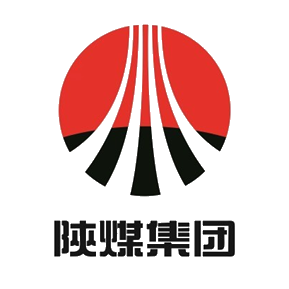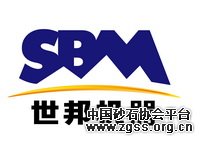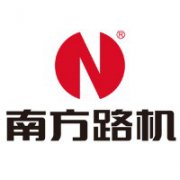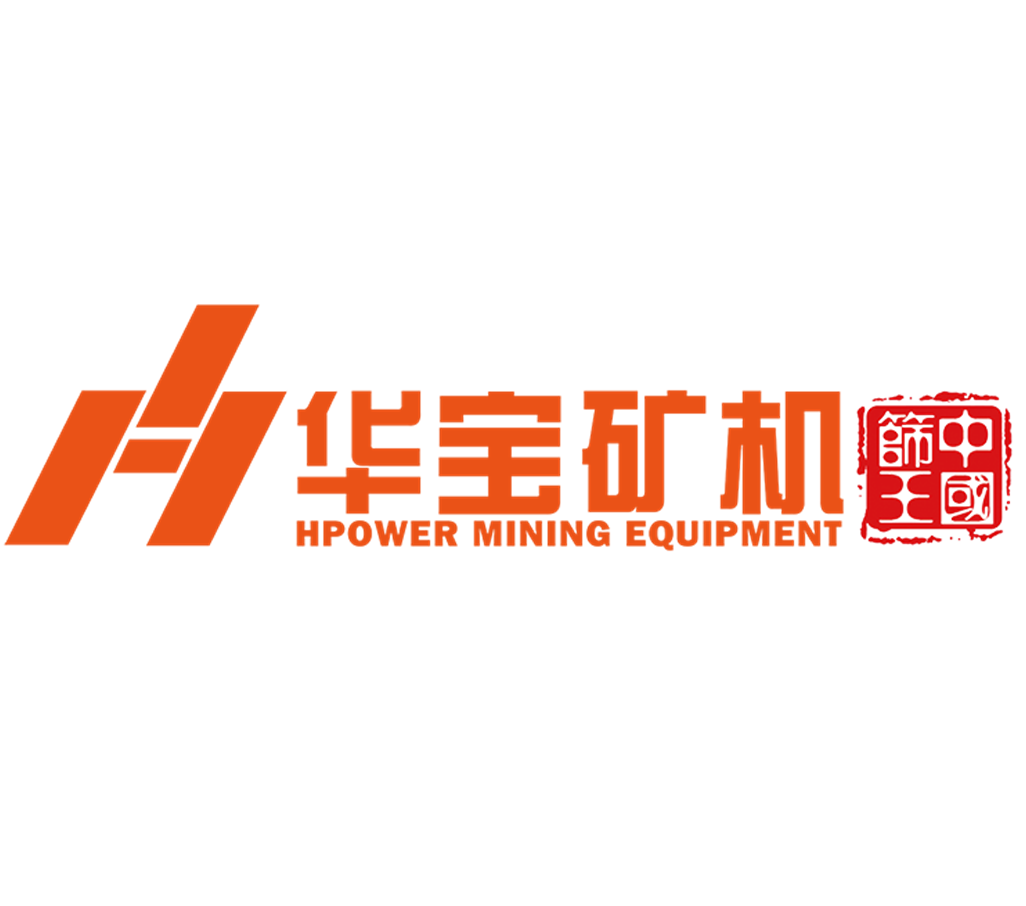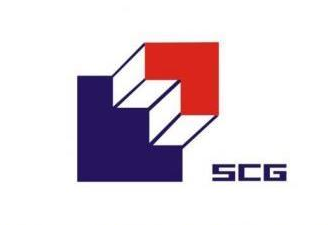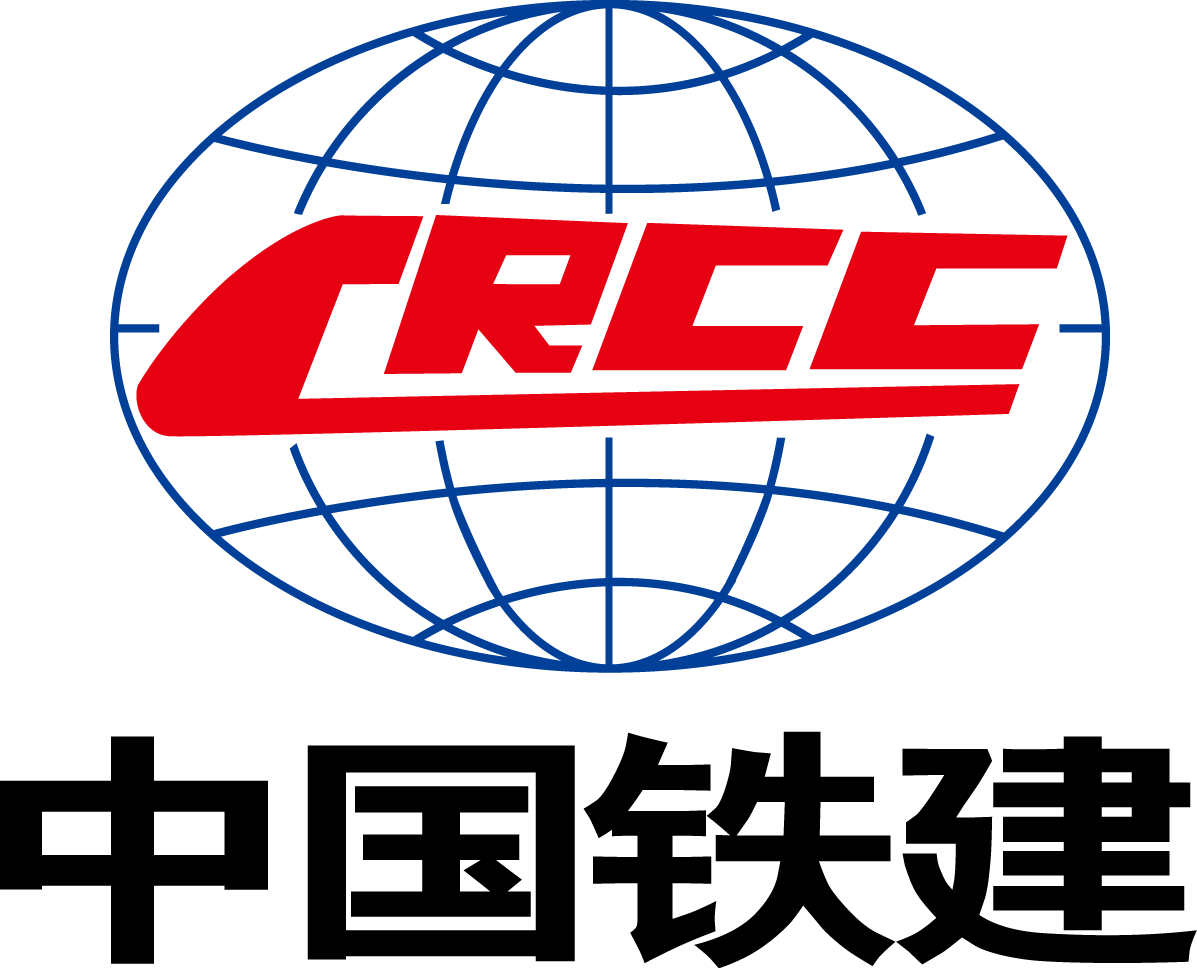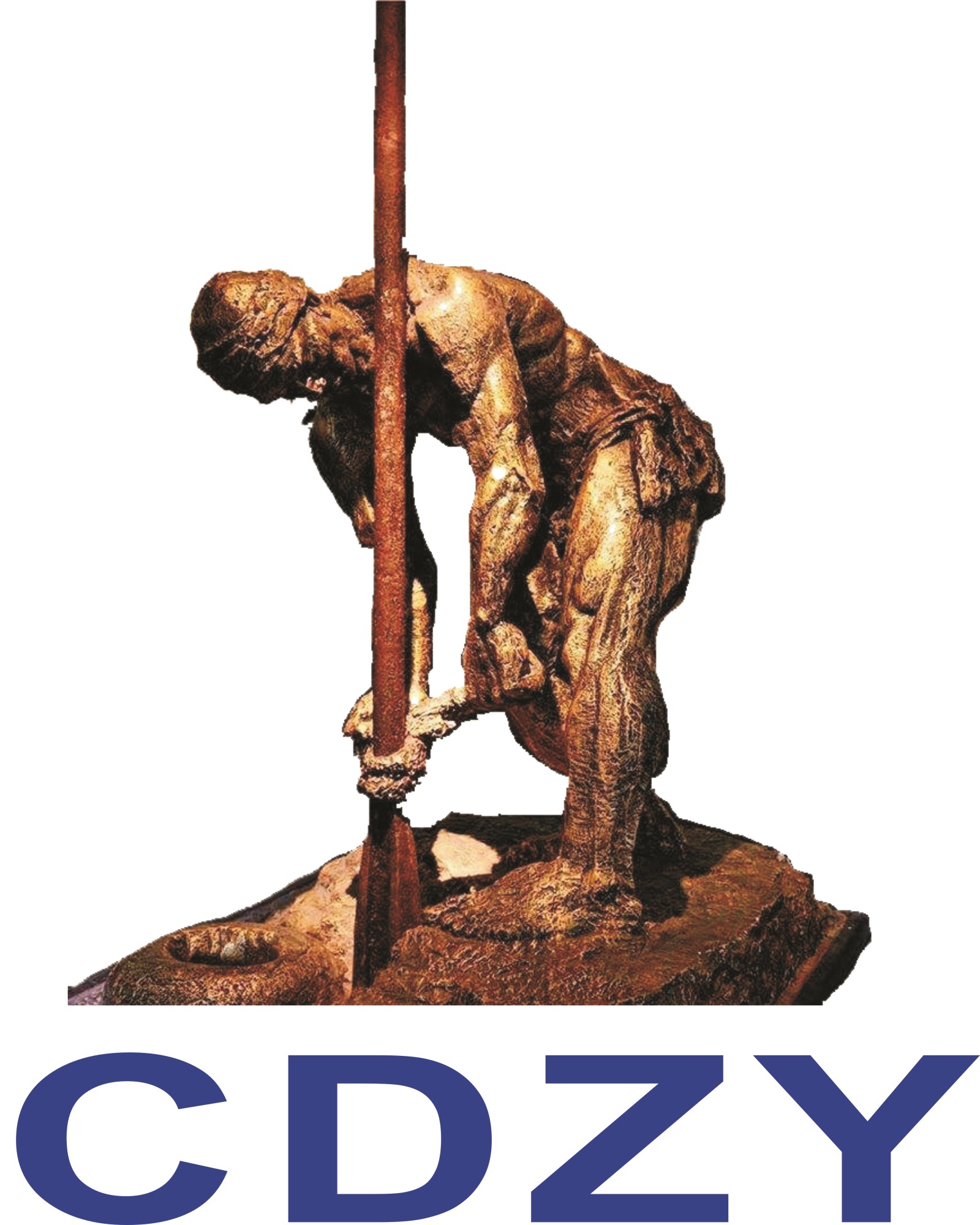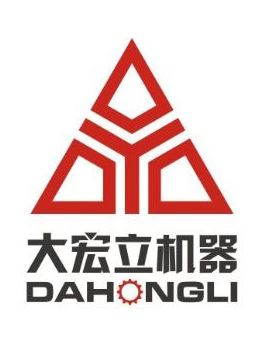美国骨料企业访谈:粉尘控制的最佳实践(Dust Control Best Practices)
发布日期:2020-04-08 浏览次数: 次
美国骨料企业访谈:粉尘控制的最佳实践(Dust Control Best Practices)
编者按:
粉尘控制已经成为砂石行业必须要重视、做好的“必修课”,并成为企业生存发展的基本要求。 中国砂石网转载"岚致带您看世界" 栏目带来的是一篇刊登于美国砂石骨料行业网站上的文章,关于美国骨料工厂粉尘控制的实践介绍。
他山之石,可以攻玉——国外的技术不一定是最先进的,但我们也可以学习他们的经验与思考,取其精华,为中国的砂石骨料行业的转型升级贡献力量。
视频展示的是美国一家大型采石场的现场,从航拍视频中我们可以看到整个采石场的规划布局、砂石骨料产线情况和周边环境。这是全美最大的采石场,属于美国最大的砂石骨料供应商火神材料Vulcan Materials,除供应砂石骨料外,火神材料也涉足混凝土和沥青业务。这里生产的砂石骨料也供应给墨西哥湾和东海岸地区。
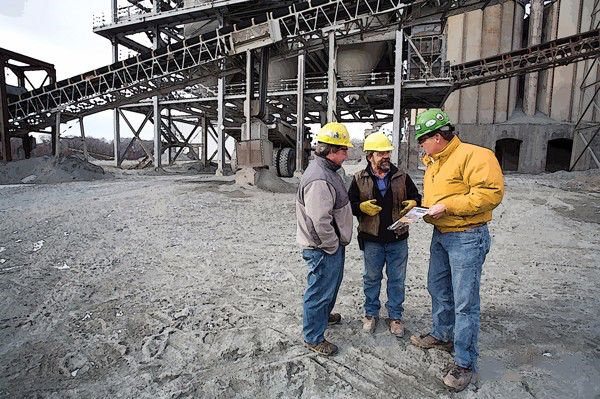
Dust control touches every part of an aggregate operation, from productivity, efficiency, and product quality to compliance, safety, and good neighbor relations. According to Mark Kestner, Ph.D., president and CEO of National Environmental Service Co. (NESCO), “My philosophy has always been that good dust control is good process control. If your stone isn’t spilling on the ground or going up in the air, it’s going across a scale and into a truck, railcar, or barge to make money.”
粉尘控制涉及到骨料生产操作的每一个环节,从产能、效率、产品质量到合规性、安全性和矿地和谐。根据马克·凯斯特纳(哲学博士,国家环境服务有限公司总裁兼首席执行官),“我的哲学一直是良好的防尘控制是过程控制。如果你的石头不洒在地面上或在空中,它会和绝大多数的骨料一起进了卡车、火车车厢或驳船来赚钱。”
Dust in aggregate operations comes from three major source categories: roads, stockpiles, and processing operations. The most significant causes of dust from an operations standpoint include mobile equipment on unpaved roads, crusher discharge, screen discharge, conveyor transfer points, and stacking conveyor discharge, says Clif Morris, general manager of aggregates for Tilcon New York.
纽约蒂尔肯骨料公司总经理克里夫·莫里斯说:“骨料生产活动中的灰尘有以下三个主要来源:道路、储存和生产运营。从操作的角度来看灰尘最重要的原因包括设备在未铺砌的道路行驶、破碎机排放、振动筛排放、输送机转运点、存储皮带机排放。”
Engineered controls that are employed to contain dust and spillage should be an integral part of plant design, Kestner says. “Any owner/operator of a new mine is required by federal and state laws to obtain permits to construct, install, and operate the facility. As part of the permitting process, the mine must specify the dust controls it will use and must demonstrate that it is able to comply with NSPS (New Source Performance Standards).”
被设计用来控制灰尘和溅出物的控制装置应该是骨料工厂设计的一个组成部分。凯斯特纳说:“根据联邦和州法律,任何一个新矿的矿主/经营者都需要获得建造、安装和操作设施的许可证。作为审批过程的一部分,矿山必须阐述其将使用的粉尘控制措施,并且必须证明它能够符合NSPS(新源性能标准)。”
As part of the design, transfer points should be enclosed on three sides, covered, fitted with a dust curtain, and properly skirted. Load points should have sufficient idler support to prevent sagging between idlers that leads to visible dust and spillage. “I see more and more plants using impact beds to maintain uniform seals at load points and dual skirting at impact crusher discharges,” Kestner notes.
作为设计的一部分,传输点应该包含三个方面,覆盖,配有一个防尘帘,适当隐蔽。负载点应该有足够的托辊支撑防止托辊之间下垂导致可见的灰尘和溢出。凯斯特纳补充到:“我看到越来越多的骨料工厂使用冲击床以在负载点保持均匀的密封并给破碎机排料口的排放提供双护板”。
Kestner and Morris agree that the following steps are required when developing a dust control plan:
1. Conduct a site survey to identify all the sources of dust on the property.
2. Estimate “uncontrolled” dust emissions from these sources using EPA AP-42 emission factors; this provides a baseline to evaluate the performance of controls.
3. Specify Reasonably Available Control Measures (RACM) for each dust source.
4. Estimate “controlled” emissions using control efficiency ratings established by federal or state EPAs.
5. Establish a budget to purchase and install dust controls.
6. Implement the control plan.
7. Monitor the performance of the control plan and modify as necessary to maintain compliance.
凯斯特纳和莫里斯认为在制定防尘计划时需要采取以下步骤:
1. 进行现场调查,查明骨料工厂所有粉尘的来源。
2. 使用EPA AP-42排放因子来估计“未受控制的”粉尘排放;这为控制性能提供了一个基线。
3. 为各种粉尘来源指定合理可用的控制措施(RACM)。
4. 使用由联邦或州的EPAS提供的控制效率评级估计“控制”的排放。
5. 建立购买和安装粉尘控制(设备)的预算。
6. 实施控制计划。
7. 监控控制计划的执行情况并在必要时进行修改以保持一致性。
Companies that ignore engineered controls to reduce the costs of new plant construction will pay for it later in time and labor to clean up dust and spillage. Additionally, when laborers have to sweep, shovel, or use a skid steer to remove spillage out from under screens, conveyors, and crushers, they are at their greatest risk for exposure to respirable dust.
那些忽视工程控制以降低新的骨料工厂建设成本的公司以后将为清理灰尘和溢漏付出时间和人力的代价。此外,当工人必须清扫、铲、或使用防滑引导以消除振动筛、输送机和破碎机下的溢漏,他们最大的风险就是暴露于可吸入灰尘中。
Effective Dust Control 有效的粉尘控制

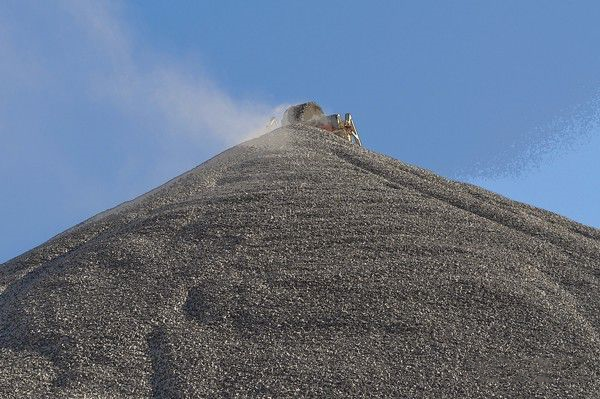
OUR EXPERTS 我们的专家

Mark Kestner, Ph.D., has 30 years of experience controlling fugitive emissions from utility, industrial, and mining operations. Coal mines, power plants, and steel mills were the first targets of the Clean Air Act, and his introduction to dust control occurred in 1978 when he worked as a research chemist to develop chemical additives that reduced particulate emissions from combustion and material handling processes. In 1981, Dr. Kestner began a consulting practice that specialized in dust emissions. Since 1989, he has served as president and CEO of the National Environmental Service Co. (NESCO).
马克·凯斯特纳,博士,在实用、工业和采矿业的排放控制方面有30年的经验。煤矿、发电厂和钢铁厂是《清洁空气法》的第一个目标,他在1978的时候就开始了防尘工作,当时他是一个研究化学家,致力于开发减少燃烧和物料运输过程中颗粒物排放的化学添加剂。在1981年凯斯特纳博士开始了一项专门研究粉尘排放的咨询活动。自1989以来,他一直担任国家环境服务有限公司总裁兼首席执行官(NESCO)。

Clif Morris is general manager of aggregates for Tilcon New York Inc., New Jersey Region, and is responsible for overseeing the Mt. Hope, Oxford, Pompton Lakes, Riverdale, and Byram quarry locations. Previously, he had been an area manager for the Tilcon New Jersey Region, responsible for overseeing the Mt. Hope, Oxford, and Byram quarry locations. His tenure at Tilcon began in October of 2006. Prior to this, Morris was employed by Luck Stone Corp. and Florida Rock Industries. Morris is a graduate of Virginia Polytechnic Institute and State University, with a bachelor’s degree in mining and minerals engineering.
克里夫·莫里斯,纽约蒂尔肯骨料公司新泽西地区总经理,并负责监督希望山、牛津、庞普顿湖泊、里弗代尔、和拜纳姆采石场。此前,他曾为蒂尔肯新泽西地区的区域经理,负责监督希望山,牛津,和拜纳姆采石场。他在蒂尔肯的任期从2006年10月开始。在此之前,Morris受雇于幸运石材公司和佛罗里达岩石工业公司。Morris毕业于弗吉尼亚理工学院并获得采矿和矿物工程学士学位。
Voices of Experience 经验之声
Mark Kestner 马克·凯斯特纳
“Thirty years ago, when I got into this business, a lot of producers thought that dust, dirt, and spillage was just something you had to live with. I even had one old-timer tell me that dust was good for you — actually helped to scour your lungs out! It was impossible to convince them that dust control measures, like avoiding interruptions in process flow and choke-feeding crushers, were not only good for dust control but also good for production,” says Mark Kestner, Ph.D., president and CEO of National Environmental Service Co. (NESCO).
“30年前,当我从事这项业务时,许多生产商认为粉尘、污垢和溢出物将是你不得不忍受的东西。我甚至有一个老前辈告诉我,粉尘对你有好处——实际上有助于把你的肺部冲洗干净!不可能说服他们,粉尘控制措施,比如避免流程中断和破碎机喂料口堵塞,不仅是有助于粉尘控制,同样对生产也不错。”马克·凯斯特纳说,(哲学博士,国家环境服务有限公司总裁兼首席执行官)。
In the intervening years, the industry has found that dust control and productivity aren’t mutually exclusive. Today, producers see that environmental compliance is the key to a sustainable and profitable aggregate industry.
在接下来的几年里,这个行业发现粉尘控制和产能并不是相互排斥的。今天,生产商看到,遵守环境是骨料行业可持续发展和盈利的关键。
For a new or expanding mine looking to get new permits, dust control measures must be part of the mine plan. But what should an existing mine do to add or upgrade dust control systems?
对于一个新的或寻求新的许可证以扩张的矿区,粉尘控制措施必须是矿山计划的一部分。但是一个现有的矿山应该怎么做来增加或升级防尘系统呢?
Kestner says that in today’s tough economy, a mine should begin by implementing the least expensive control measures first.“These include training operators in best practices. For instance, speed control is a good example of an operating practice that can go a long way to reducing dust from paved and unpaved roads — as well as reducing the costs of more expensive controls like watering or chemical suppressants.”
凯斯特纳说,在当前经济困难的情况下,矿山首先应该实施最不昂贵的控制措施。“这些措施包括培训操作人员(各种情况下的)最佳实践操作。例如,速度控制是实践操作一个很好的例子,能减少铺设或者为铺设道路的灰尘,以及减少更昂贵的控制例如浇水或药物的成本。”
Using in-house labor and material to improve the enclosure of dust sources is another, comparably inexpensive, way to control dust. Kestner explains that dust enclosures can be fabricated and installed by plant personnel from scrap steel and used conveyor belting.
使用内部人员和材料来改善尘源的封闭性,是另一种相对便宜的防尘方法。凯斯特纳解释说,防尘外壳可以通过废弃钢材和使用过的输送带来制造,并且可以由骨料工厂人员进行安装。
Once a producer has done what it can do with good operating and engineering practices to control dust, the next step would be to look at wet suppression systems. Water spray systems are the workhorse of dust control in the vast majority of aggregate plants. They are relatively low cost, and a properly designed spray system can be easy to operate and maintain.
一旦生产商已经做好了控制粉尘的操作和工程实践,下一步就是看湿法抑制系统。水喷雾系统是绝大多数骨料料场的粉尘控制的主力。它们的成本相对较低,设计合理的喷雾系统易于操作和维护。
And maintenance should not be ignored. Proper preventive maintenance plays a large part in controlling dust. “Because I believe preventive maintenance is the key to compliance, dust control equipment deserves the same level of preventive maintenance as production equipment,” Kestner says. “Most of the fines and citations I see are not because plants don’t have dust controls, it’s because they are inoperable due to lack of maintenance.
维护不应被忽视。正确的预防性维护在控制粉尘中起着重要作用。凯斯特纳说:“因为我认为预防性维护是遵守的关键,所以防尘设备应与生产设备保持同等程度的预防性维护”。“我看到的大部分罚款和引文不是因为骨料工厂没有灰尘控制,而是因为缺乏维护而无法使用”。
“When you look at dust control as a process control problem rather than a compliance problem, you are much more likely to come up with an effective and affordable solution,” Kestner adds. “If you wait until you get fined or cited, you’re going to wind up spending a lot more money on dust controls.”
凯斯特纳补充说:“当你把灰尘控制看作是一个过程控制问题而不是遵从性问题时,你就更有可能想出一个有效且负担得起的解决方案”。“如果你一直等到你被罚款或被报导,你就要花更多的钱在灰尘控制上。”
Clif Morris 克里夫·莫里斯
According to Clif Morris, general manager of aggregates for Tilcon New York, dust control measures should be designed into both the pit/plant layout and also into the actual processing plant. For instance, dust control through a mine layout could include the placement of processing equipment and situation of stockpiles at lower elevations; stockpiles should also be positioned in areas that reduce the effects of the predominant wind, with care taken to minimize their height.“Additional design considerations for the pit would include paving the most common travel ways and leaving adequate distance from the scale to the exit to minimize dust and silt that could make it onto public roadways,” Morris says. “And if you’re using water for dust suppression, it needs to be fed from a very clean source to prevent clogged filters and nozzles.”
据纽约蒂尔肯骨料公司总经理克里夫·莫里斯的说法,粉尘控制措施应设计成坑/工厂布局,也分布到实际的骨料工厂过程中。例如,通过矿山布局控制粉尘可能包括低海拔的加工设备和仓储布局情况;仓储也应定位在减少主导风影响的区域并注意减少它们的高度。“额外的坑设计考虑,包括铺设最常见的行走道路,从生产场地到出口离开足够的距离以减少排放到公共道路上的粉尘和淤泥。”莫里斯说。“如果你使用的是水来抑制灰尘,水源供给必须非常干净以防止堵塞过滤器和喷嘴。”
From a processing standpoint, considerations for dust control should include covers on conveyors, at transfer points, and at the screen discharge, as well as hooded and sealed areas at crusher discharge points to allow spraying of water, making sure to maintain the skirting with tight seals. “Make sure you have an adequately high-pressure wet suppression system, and use automated controls to keep the proper amount of water in the plant,” he notes. “Nozzles should be placed in areas that allow easy inspection and service. And drain valves should be installed at low points, which helps to prevent the effects of freezing during cold weather.”
从处理的角度来看,粉尘控制的考虑应包括输送机、转运点、振动筛排放以及破碎机连帽和密封区域的防护罩,以及排放点允许喷水,确保保持脚板的高度密封。“确保你有一个足够的高压湿式抑制系统,并使用自动控制,以在料场保持适量的水,”他指出,“喷嘴应放置在便于检查和维修的区域。排水阀应安装在低点,这有助于防止在寒冷天气结冰的影响。”
Indeed, water is a producer’s best friend for dust control. Morris believes a water truck should always be part of an operation’s production fleet. “An overlooked, but effective, method is utilizing the water truck to soak down the shots in the pit. Wet or moist feed to the plant can go a long way to cut down dust,” he says. “Keeping stockpiles sprayed down also helps.”
事实上,水是生产商控制灰尘的最好朋友。莫里斯认为,洒水车应该永远是生产中的料场的一部分。“一种被忽视但有效的方法是利用洒水车沉降坑中的颗粒。料场潮湿可以在很长时间内减少粉尘。”他说,“保持仓储区潮湿也有帮助。”
Mobile equipment on unpaved roads and surfaces can account for more than 30 percent of total dust emissions, according to Morris. “The top thing operators can do to control dust from mobile equipment is to control the speed of the vehicles onsite,” he says. “Additionally, producers should shorten haul roads, if possible, and grade roads with clean aggregate wherever possible to keep silt off of the haulway.” A water truck also can come in handy to wet down roadways.
据Morris的说法,在未铺砌的道路表面移动设备(的粉尘排放)占总粉尘排放量的30%。他说:“控制移动设备粉尘的首要任务是控制现场车辆的速度”。“此外,如果可能的话生产者应缩短运输道路,并在道路上铺上干净的骨料从而使路面不泥泞。”洒水车也可以派上用场以湿润道路。
From a maintenance standpoint, two key items in a wet suppression system that require regular care are nozzles and filters. “The nozzles need to be checked daily, and the filters need to be checked and cleaned monthly,” Morris says. “Solenoid valves are another component that must be checked and cleaned regularly, in order to operate properly.”
从维护的角度来看,需要定期护理的湿抑制系统中的两个关键项目是喷嘴和过滤器。“喷嘴需要每天检查,过滤器需要每月检查和清洗。” 莫里斯说,“电磁阀是另一个部件,必须定期检查和清洗,以便正常运行。”
来源:岚致环保科技
分享:
中国砂石协会
2020年04月08日
- 会员企业
- 理事单位
